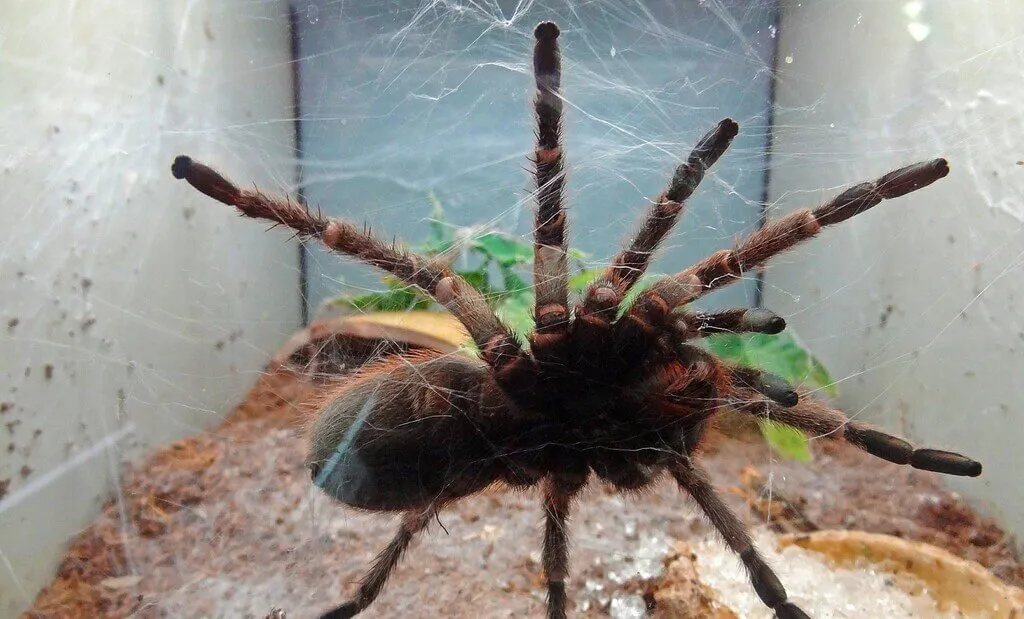Understanding the Yellow Toe Tarantula
The Yellow Toe Tarantula, scientifically known as Psalmopoeus irminia, is a captivating spider species popular among tarantula enthusiasts. Native to the rainforests of South America, these arboreal (tree-dwelling) tarantulas are known for their vibrant coloration and relatively docile temperament, making them a great choice for intermediate keepers. Understanding the specific needs of these beautiful creatures is essential to ensuring they thrive in captivity. This guide delves into every aspect of their care, from habitat setup and feeding to health maintenance and breeding, providing you with the knowledge necessary to keep your Yellow Toe Tarantula happy and healthy.
Appearance and Characteristics
The Yellow Toe Tarantula is easily recognizable by its striking appearance. The carapace, or the top part of the cephalothorax (the combined head and thorax), is typically a deep brown or black color. Their legs are also typically dark with the most striking feature, vibrant yellow tips on their toes. This bold coloration gives them their common name and adds to their visual appeal. They are a medium-sized tarantula, with females growing up to 6 inches in leg span, whereas males are typically smaller. They also possess urticating hairs on their abdomen, used for defense, which, while not life-threatening, can cause skin irritation.
Origin and Natural Habitat
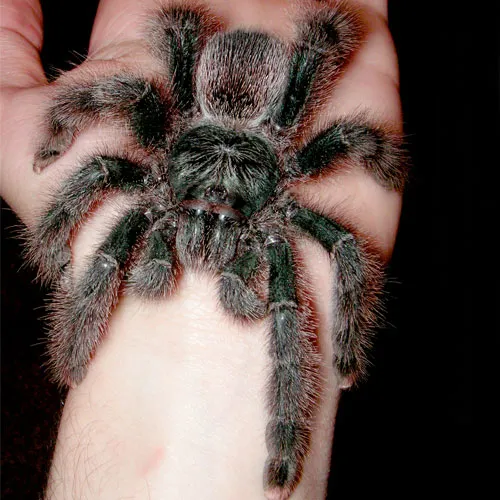
Yellow Toe Tarantulas originate from the tropical rainforests of Guyana and Venezuela in South America. In their natural habitat, these spiders are arboreal, meaning they live primarily in trees. They are often found in the crevices of trees, under the loose bark, or amongst the foliage, where they construct silken retreats. Their natural environment is characterized by high humidity, a warm climate, and a consistent supply of insects for food. Replicating these conditions in captivity is critical to their well-being. Understanding their natural environment helps in creating a suitable and enriching habitat for your pet.
Creating the Perfect Yellow Toe Tarantula Habitat
Setting up a proper habitat is paramount to the health and happiness of your Yellow Toe Tarantula. Since they are arboreal, the enclosure should be taller than it is wide. A well-designed habitat provides the necessary space, temperature, humidity, and security for your tarantula to thrive. It should mimic their natural environment as closely as possible to reduce stress and encourage natural behaviors. Moreover, the enclosure design should also consider the tarantula’s size and growth, allowing for expansion as your pet matures.
Choosing the Right Enclosure
The enclosure should be made of glass or acrylic. For juvenile Yellow Toe Tarantulas, a terrarium of 8x8x12 inches is usually sufficient. As they grow, you will need to upgrade their habitat, with adults needing an enclosure of at least 12x12x18 inches. It is important to ensure the enclosure has secure ventilation to prevent mold growth and allow for proper airflow. The enclosure should also have a secure lid to prevent escapes. It is better to size up rather than size down on enclosures to ensure your Yellow Toe Tarantula has enough room to grow.
Substrate Selection
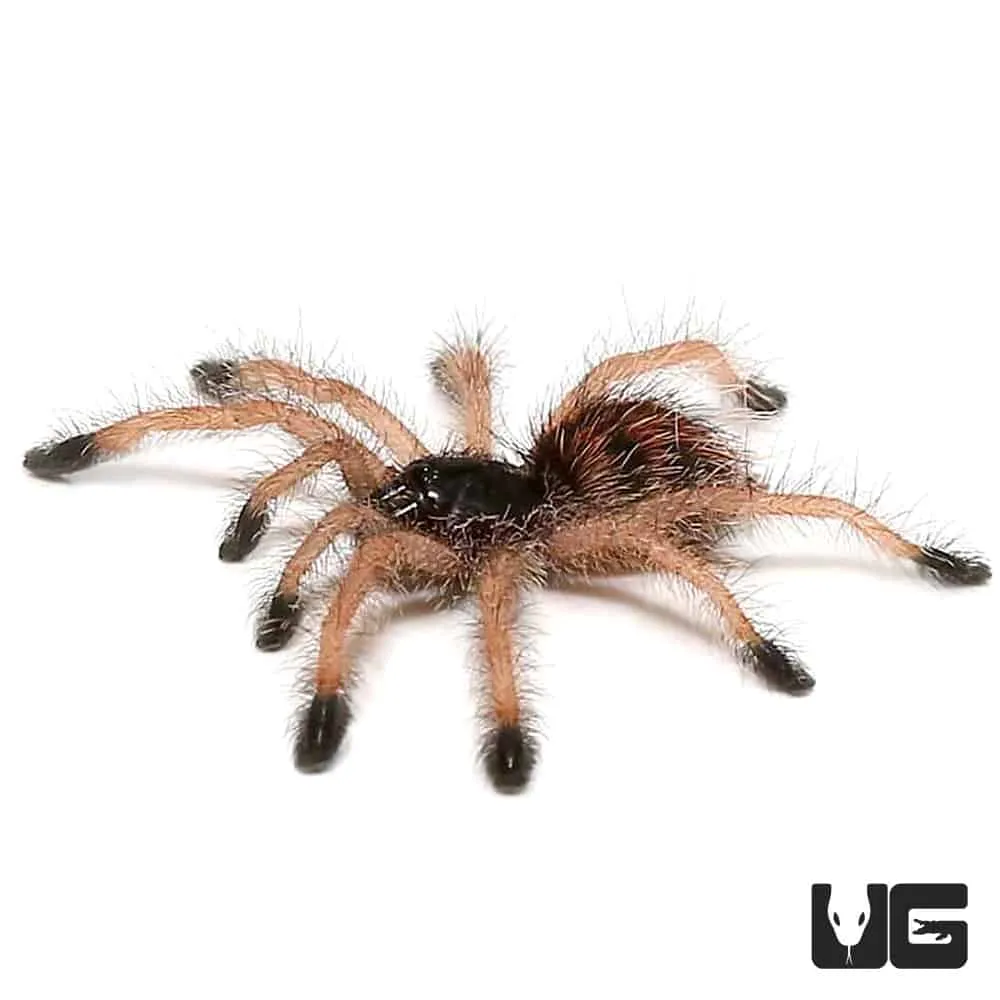
The substrate is the bedding material at the bottom of the enclosure. A good substrate helps maintain humidity and provides a comfortable environment for your tarantula. A mixture of coconut fiber (coco coir), peat moss, and a small amount of sphagnum moss works well. This combination holds moisture well and allows the tarantula to burrow if it chooses to. The substrate should be deep enough (around 3-4 inches) to allow the tarantula to burrow and provide structural support for climbing. Avoid using substrates that can harbor mold or are toxic to tarantulas.
Temperature and Humidity Control
Yellow Toe Tarantulas thrive in a temperature range of 75-85°F (24-29°C). Use a thermometer to monitor the temperature inside the enclosure. Avoid placing the enclosure in direct sunlight, which can overheat the habitat. Humidity levels should be maintained between 70-80%. To achieve this, mist the enclosure with water 2-3 times a week. You can monitor humidity with a hygrometer. Good ventilation is essential to prevent mold and fungal growth. Proper temperature and humidity are crucial to the overall health of your Yellow Toe Tarantula.
Feeding Your Yellow Toe Tarantula
Feeding your Yellow Toe Tarantula is a straightforward process. They are opportunistic predators and will readily consume a variety of insects. Providing a balanced diet is crucial for their health and longevity. Avoid overfeeding, which can lead to obesity and related health problems. Always ensure that any food items offered are free from pesticides and other harmful chemicals. Fresh, clean water should also always be available. Proper feeding practices contribute significantly to a healthy and thriving tarantula.
Dietary Needs
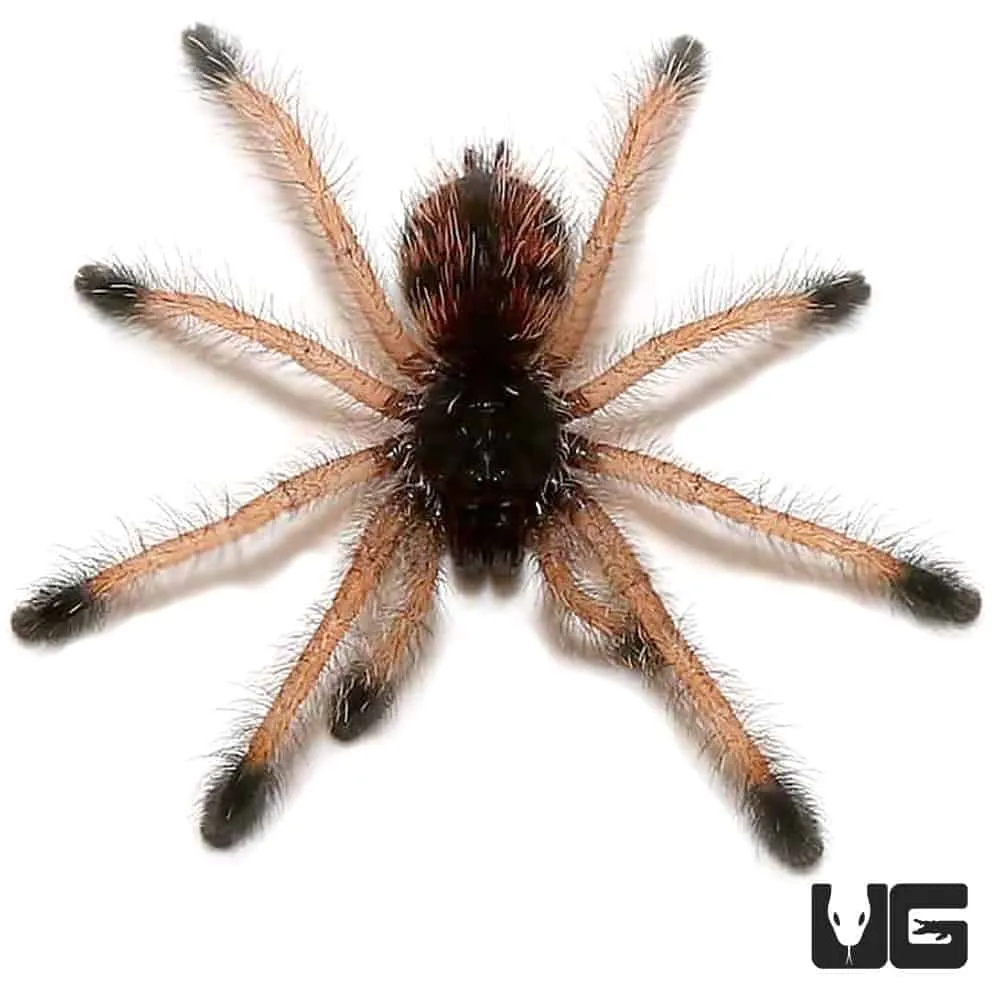
Yellow Toe Tarantulas primarily eat insects. Suitable food items include crickets, roaches, mealworms, and locusts. Variety is key; offering different insects will ensure they receive a balanced diet. Always ensure the insects are appropriately sized; the prey should be no larger than the tarantula’s body. Dusting the insects with calcium and vitamin supplements can also be beneficial, especially for juvenile tarantulas. Never feed your tarantula insects you have caught yourself, as they may contain parasites or pesticides.
Feeding Frequency
The feeding frequency depends on the tarantula’s age and size. Spiderlings should be fed 2-3 times a week. Juveniles can be fed 1-2 times a week. Adult Yellow Toe Tarantulas only need to be fed every 1-2 weeks, as their metabolism slows down. Remove any uneaten prey within 24 hours to prevent stress on the tarantula and avoid potential mold growth. The tarantula’s abdomen size will give you an idea of how much it’s eating; a plump abdomen is a sign of a well-fed tarantula. When the tarantula is in premolt (preparing to shed its skin), they may refuse food; do not worry, this is normal.
Water and Hydration
Fresh water should always be available to your Yellow Toe Tarantula. Use a shallow water dish that is easily accessible but prevents drowning. A bottle cap filled with water or a small, shallow dish will work. Change the water regularly to keep it fresh and clean. Besides a water dish, misting the enclosure 2-3 times a week will provide the necessary humidity. Ensure that your tarantula has access to water at all times to prevent dehydration, which can be fatal.
Handling and Interaction
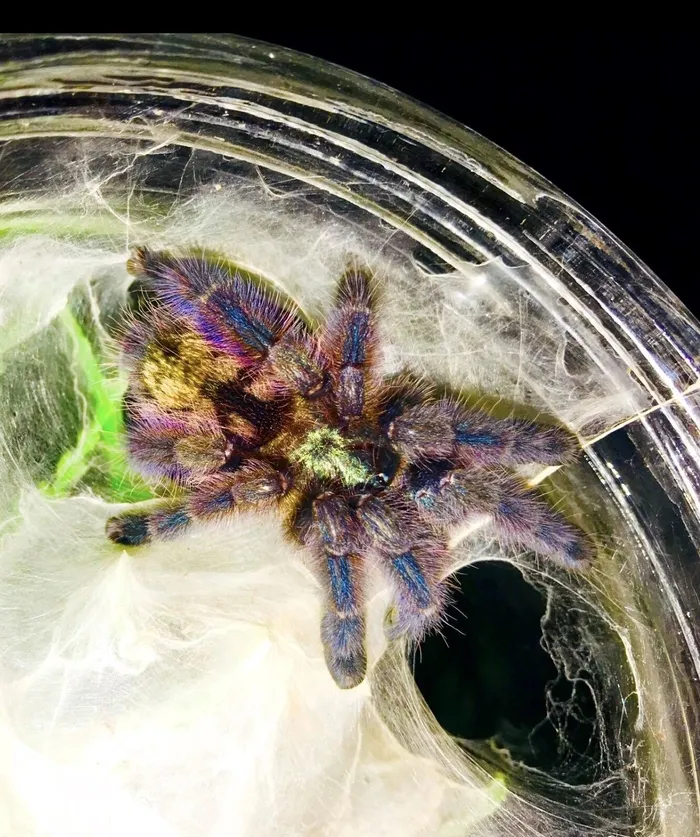
While Yellow Toe Tarantulas are known for their relatively docile nature, handling should be approached with caution. These spiders are not naturally inclined to be handled, and doing so can stress them out. However, there are situations in which handling is required, such as during habitat cleaning. Knowing the right way to handle your tarantula can prevent unnecessary stress and possible injuries. Understanding their behavior and the potential risks involved is paramount to keeping them happy.
Safe Handling Practices
If you need to handle your tarantula, do so with great care and gentleness. Avoid picking up the tarantula from above; instead, gently coax it onto your hand. Always handle them close to the ground or a soft surface to minimize the risk of injury if they fall. Never force a tarantula to be handled if it appears stressed or agitated. If the tarantula kicks off its urticating hairs or acts defensively, it’s a clear sign that it doesn’t want to be handled. Thoroughly wash your hands before and after handling to avoid transferring any harmful substances and to protect both you and your pet.
Understanding Tarantula Behavior
Observe your tarantula’s behavior to understand its mood and needs. Tarantulas can exhibit various behaviors, such as hiding, eating, molting, and defensive postures. A stressed tarantula may flick urticating hairs, raise its front legs, or try to run away. A healthy tarantula will typically have a good appetite, move around its enclosure, and web its habitat. Learning to read your tarantula’s body language will help you avoid stressful situations and ensure you provide the best possible care. If your tarantula appears withdrawn or is not eating, there might be an underlying issue with its environment or health.
Common Health Issues and Prevention
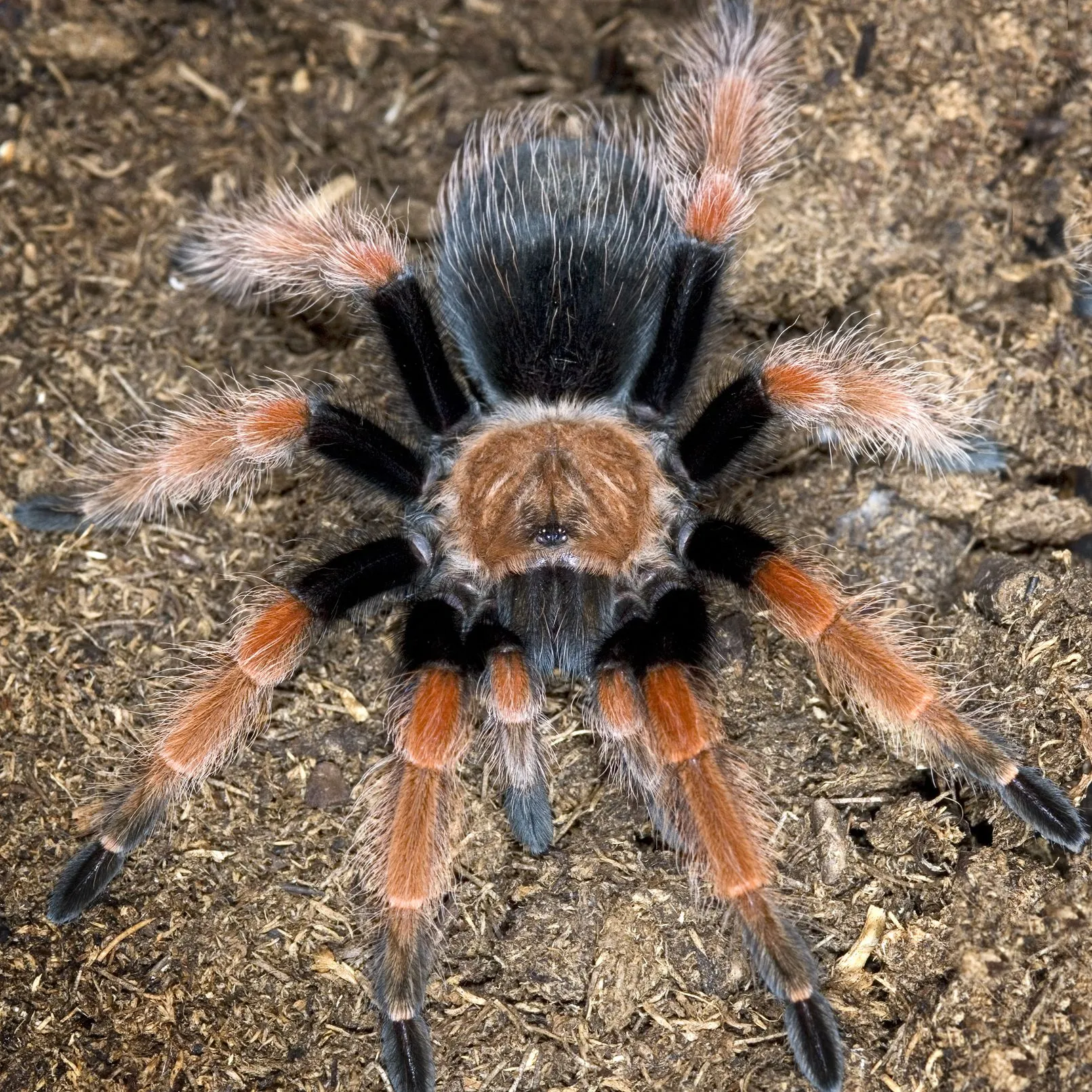
Like all pets, Yellow Toe Tarantulas can be susceptible to certain health issues. However, by providing proper care, you can minimize the risk of these problems. Understanding the common issues and taking preventative measures is essential to ensuring your tarantula lives a long and healthy life. Regular observation and proactive care can go a long way in maintaining your pet’s well-being and allow for early detection of potential problems.
Identifying Potential Problems
Some signs that your tarantula may be ill include lethargy, loss of appetite, difficulty moving, and a swollen abdomen. If you notice any of these symptoms, inspect the enclosure. Check the temperature and humidity levels to ensure they are within the correct range. Look for any signs of parasites or mold growth in the substrate. Examine the tarantula for any injuries or unusual markings. If you suspect a serious health issue, consult an experienced tarantula keeper or a veterinarian familiar with exotic animals.
Preventative Measures
Maintaining a clean and appropriate environment is the best way to prevent health problems. Regularly remove any uneaten food and clean the enclosure. Ensure the substrate is replaced periodically to prevent mold growth. Provide a balanced diet and avoid overfeeding. Maintain the correct temperature and humidity levels. Quarantine any new tarantulas before introducing them to your collection to prevent the spread of potential diseases or parasites. Regular observation and proactive care can help in early detection and intervention.
Breeding Yellow Toe Tarantulas
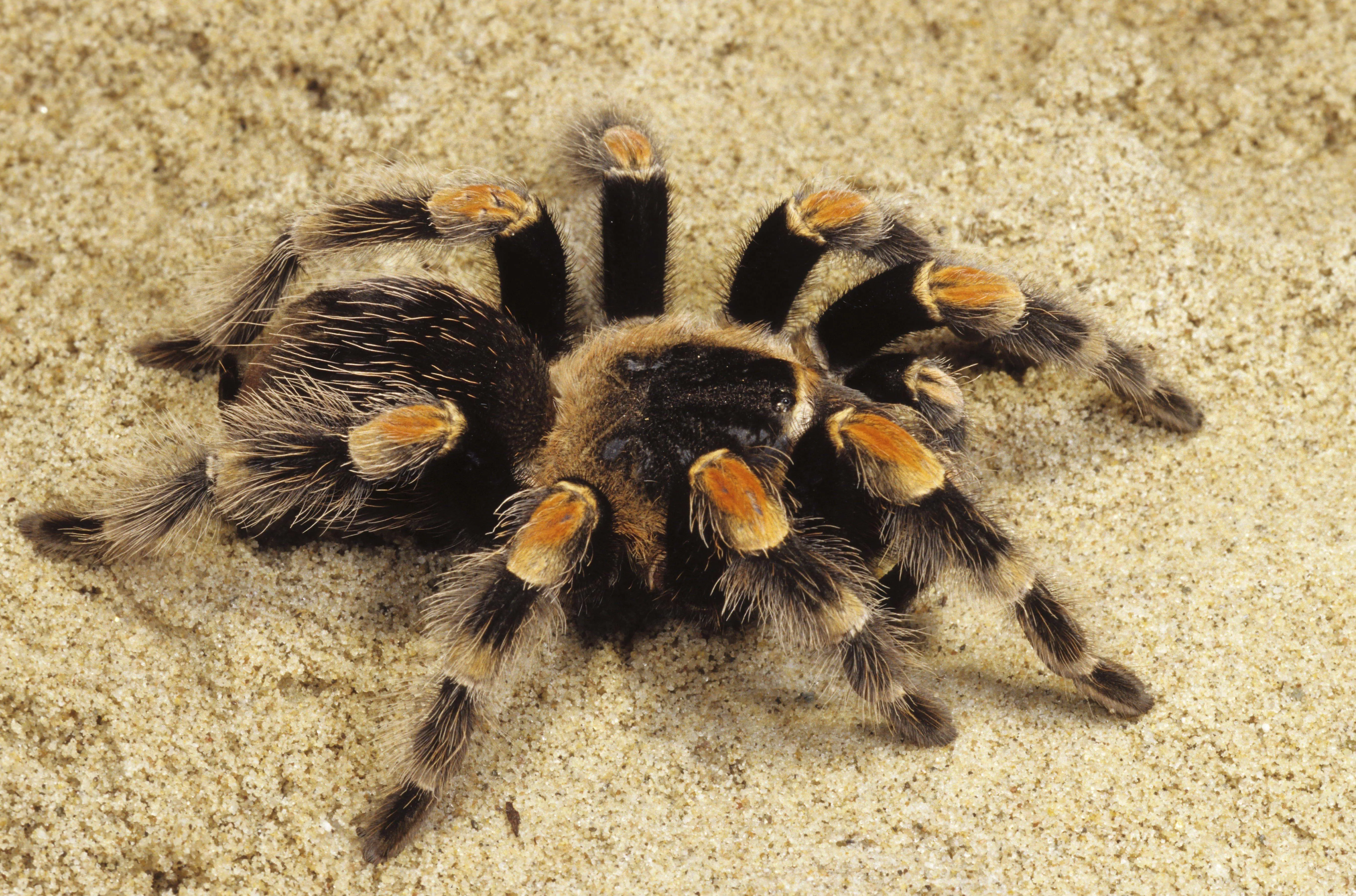
Breeding Yellow Toe Tarantulas can be a rewarding experience for the experienced keeper. The process involves several steps, including proper preparation of the breeding pair, monitoring the mating process, and caring for the eggs and spiderlings. While it can be exciting to raise a new generation of these beautiful spiders, it requires dedication, knowledge, and the correct environment for success. Understanding the requirements of the breeding process is paramount to ensure the well-being of the tarantulas.
Mating Process
To breed Yellow Toe Tarantulas, you need a mature male and female. The male will have pedipalps (mouthparts) that have been modified into mating organs, known as ‘boxing gloves’. The female will need to be in good health and recently molted. Introduce the male into the female’s enclosure and carefully monitor their behavior. The male will often drum on the substrate to attract the female. If the female is receptive, she will allow the male to mate. Be prepared to separate them immediately after mating to prevent the female from eating the male; this is a natural behavior. Ensure the female is well-fed prior to mating.
Egg Sac and Spiderlings Care
After mating, the female will lay eggs and create an egg sac, which will contain many spiderlings. The female will guard the egg sac. Keeping the environment stable and undisturbed is critical during this time. After about a month, the eggs will hatch, and the spiderlings will emerge. Provide the spiderlings with plenty of small food items like flightless fruit flies or pinhead crickets. Separate the spiderlings into individual enclosures as they grow to prevent cannibalism. Raising spiderlings is a time-consuming process that requires constant attention to their specific needs.
In conclusion, keeping a Yellow Toe Tarantula happy requires a commitment to understanding their specific needs. Providing a suitable habitat, a proper diet, and a safe environment are essential to their well-being. By following the guidelines in this article, you can create a thriving environment for your Yellow Toe Tarantula, ensuring that it lives a long, healthy, and fulfilling life. Enjoy the fascinating world of these beautiful creatures!
